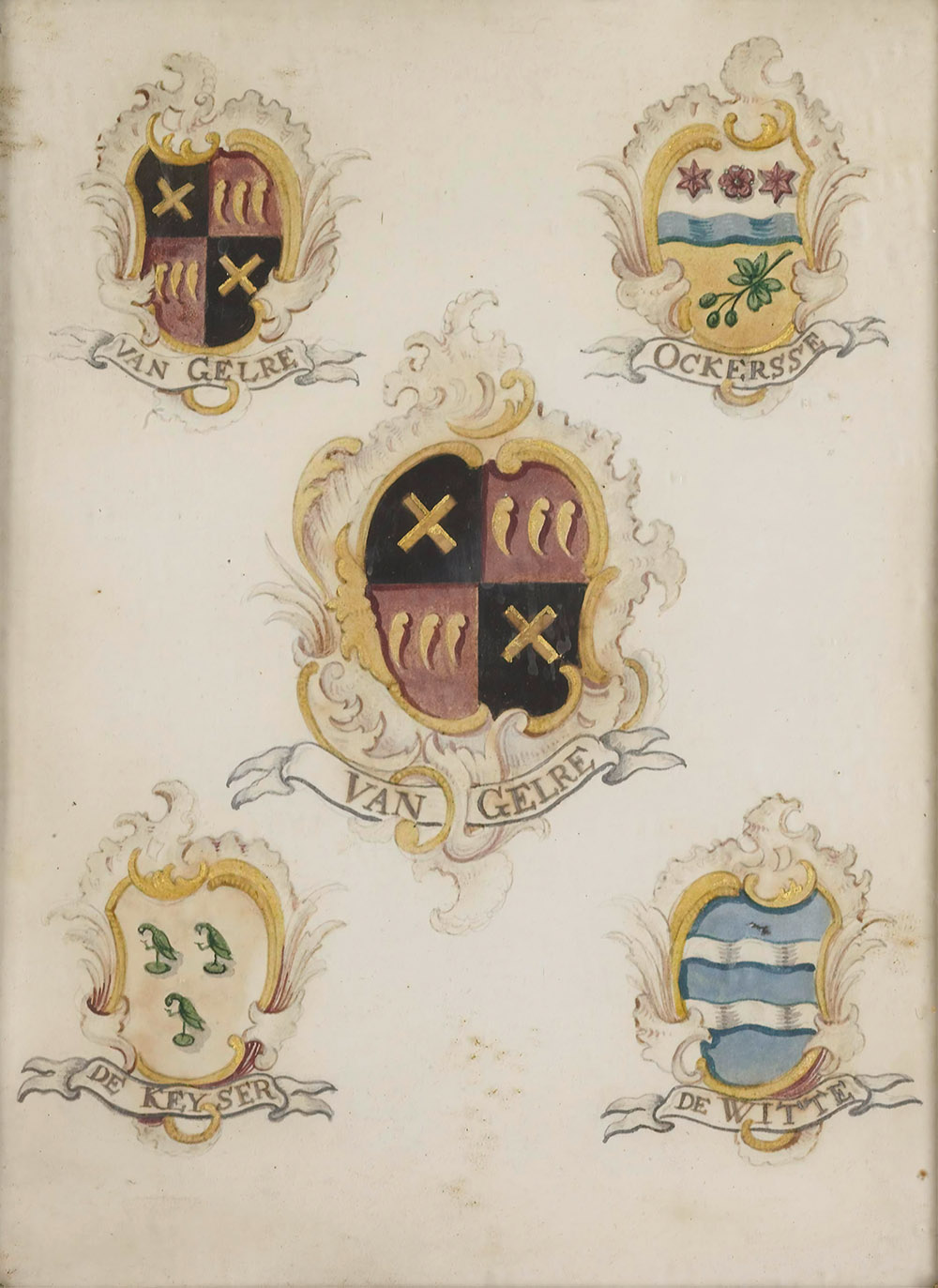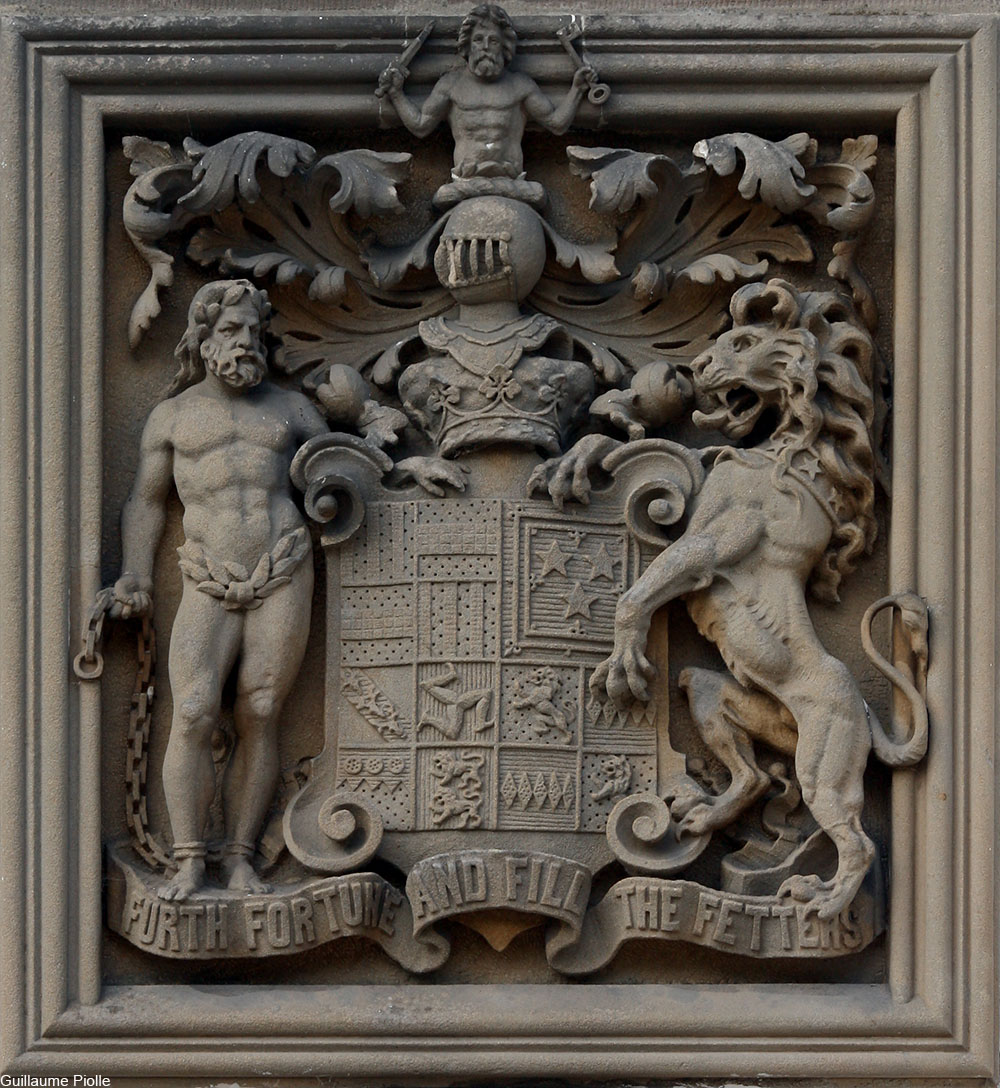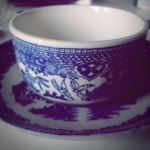Family crests once held a special place in many families across Europe. These emblems would be carved into the stone of their mantles, or embroidered on warriors’ clothing before going into battle. More recently family crests have appeared on stationary and as signs on gates. Once upon a time a family’s crest might be altered to include the symbols from a family that married in. Or, they could tell of a family’s occupation. If you’ve ever done any family genealogy research then you may have come across some family crests in your family’s past. But, have you ever wondered what those crests mean? Here are some common crest symbols and how to interpret them.

Colors
Heraldry designs were intended to be visible from far away and highly recognizable. For this reason there were strictures on which colors went together. There were basic background colors like red, blue, green, black, and purple. Then there were two metal colors, yellow for gold and white for silver.
Colors had meanings for each family.
- Gold: generosity and elevation of the mind
- Silver or white: peace and sincerity
- Red: warrior or martyr, also military strength or magnanimity
- Blue: truth and loyalty
- Green: hope, joy, and loyalty in love
- Black: constancy
- Purple: royal majesty, sovereignty, and justice
- Orange: ambition
- Maroon: patient in battle and yet victorious
There were also patterned backgrounds symbolic of animal fur. The most common were ermine (in black and white) and squirrel (in blue and white), but other fur patterns were also used.

Heraldic Ordinaries
The ordinaries of a crest were basic lines that could intersect, outline, or otherwise define areas of the overall design. Some examples are of charges are:
- Bend: diagonal stripe, the sign of a commodore
- Bordure: border round edges of shield
- Chief: bar across top edge of shield
- Chevron: like a house gable, pointing upwards, symbolizes the hoof of a horse and protection
- Cross: a plain cross
- Fess:horizontal stripe across the shield, said to represent military readiness
- Pale: vertical stripe down the shield, symbolizes military strategy as pales or palisades were used as stakewalls to defend towns and castles
- Pile: downward-pointing triangle, symbolizes battlement reinforcements and was granted for significant military accomplishments
- Saltire: St. Andrew’s cross

The way the lines or borders were formed also had meaning.
- Nebulus: clouds or air
- Wavy: sea or water
- Engrailed: earth or land
- Invected: sarth or land
- Indented: fire
- Dancette: water
- Raguly: difficulties that have been encountered
- Crenellated: walls of a fortress or town (also, fire)
Heraldic Charges
The general rule of thumb is that only high contrast color combinations were to be used. A white star on a yellow background, for example, would not have been common because it wasn’t high contrast enough. These symbols, also called charges, could be found on the background or the ordinaries of a crest. Crests and their symbols were granted by rulers and kings to families of influence under their reign. The images were sometimes often conferred to let everyone know about a job well done through the family crest.

Symbols used ranged from basic shapes like moons and tools to animals to fantasy beasts (like griffins and unicorns). Each charge has its own meaning. Tools generally indicate strong work ethic and/or a specific profession, while many animals indicate strength or fearlessness.
Some common symbols and their meanings are listed below.
- Acorns: independence
- Anchor: seafaring people, can also indicate salvation or hope
- Badger: bravery in defending one’s home
- Battle Ax: military authority
- Bee: industry, strength
- Centaur: virility
- Eye: success in government
- Feathers: obedience, though when found in combination with a scroll indicated learning and scholarship
- Fleur-de-lis: unknown origin, but widely associated with France and the Catholic church, one alternate meaning is that it represents 3 of the 7 knightly virtues
- Grapes: good luck and providence
- Hammer: the hammer represents military might, but also iron and the professsion of smithy
- Key: indicates guardianship, but can also be associated with ecclesiastical professions
- Ladder: fearlessness in battle as ladders were used to climb fortress walls
- Musical instruments: represents rejoicing, but can also be the symbol for a military herald who blew the trumpets before battle
- Oak leaves: faith and endurance
- Panther: defense of the weak, symbolizes a mother willing to protect her children
- Raven: accumulation of knowledge
- Seahorse: safe travel by sea, not drawn as a real seahorse, but as a mythological half horse/half fish
- Star: honor and achievement
- Sword: military strength or religious conviction
- Tree: longevity and strength
- Unicorn: purity, religious love














